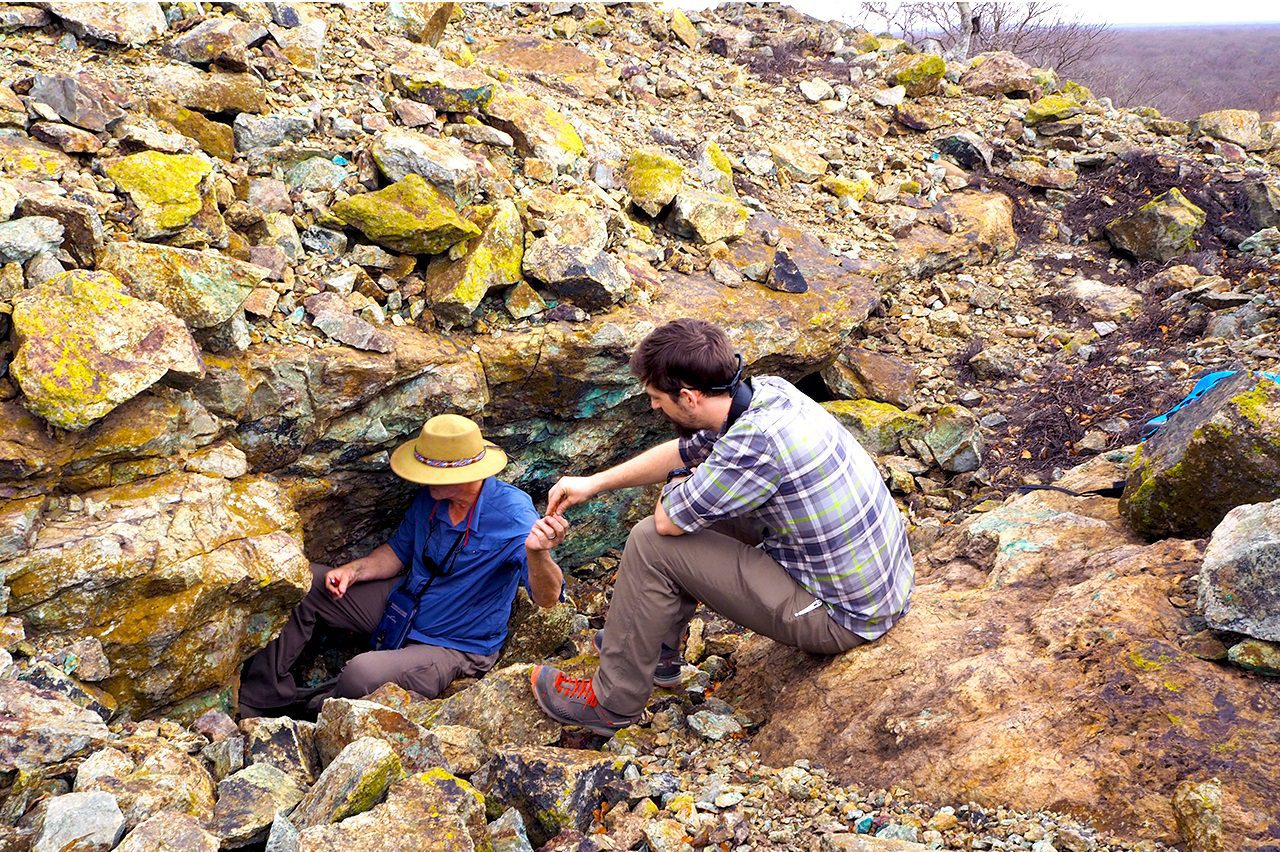In a recent study by the University of Missouri, researchers have conducted a chemical and isotopic analysis of copper artefacts from southern Africa, revealing new cultural connections between the region’s inhabitants from the 5th to the 20th century.
According to Jay Stephens, a post-doctoral fellow in the MU Research Reactor (MURR) Archaeometry Lab, people residing in South Africa and the Copperbelt region of central Africa were more connected than previously thought.
“Over the past 20 to 30 years, most archaeologists have framed the archaeological record of southern Africa in a global way with a major focus on its connection to imports coming from the Indian Ocean,” he said. “But it’s also important to recognize the interconnected relationships that existed among the many groups of people living in southern Africa. The data shows the interaction between these groups not only involved the movement of goods, but also flows of information and the sharing of technological practices that come with that exchange.”
The origin of rectangular, fishtail, and croisette copper ingots has been a topic of debate among scholars for years. Some argued that they were made only from copper ore extracted from the Copperbelt region, while others suggested they originated from Zimbabwe’s Magondi Belt. Jay Stephens has now revealed that both theories hold true.
“We now have tangible linkages to reconstruct connectivity at various points in time in the archaeological record,” he said. “There is a massive history of interconnectivity found throughout the region in areas now known as the countries of Zambia, Zimbabwe and the Democratic Republic of the Congo. This also includes people from the contemporary Ingombe Ilede, Harare, and Musengezi traditions of northern Zimbabwe between at least the 14th and 18th centuries A.D.”
Researchers analysed small samples taken from 33 copper ingots to arrive at their findings. The samples were carefully selected by the researchers from archaeological collections at the Museum of Human Sciences in Harare, Zimbabwe and the Livingstone Museum in Livingstone, Zambia.
Less than one gram of each of the 33 samples was dissolved with specific acids, leaving behind a liquid mixture of chemical ions. They then conducted an analysis of the samples to determine lead isotopes and other chemical elements.
Stephens said the data they collect is one of the only remaining tangible links that exist today to those precolonial mines in Africa.
“Unfortunately, large open pit mines have destroyed a lot of the archaeological sites and broader cultural landscapes around these geological deposits,” he said. “This makes it a challenge to reconstruct the history related to these mines. It’s a concerning development, especially with the global push toward more electric vehicles which use minerals like copper and cobalt found in the Copperbelt.”
University of Missouri-Columbia
Header Image Credit : Jay Stephens





